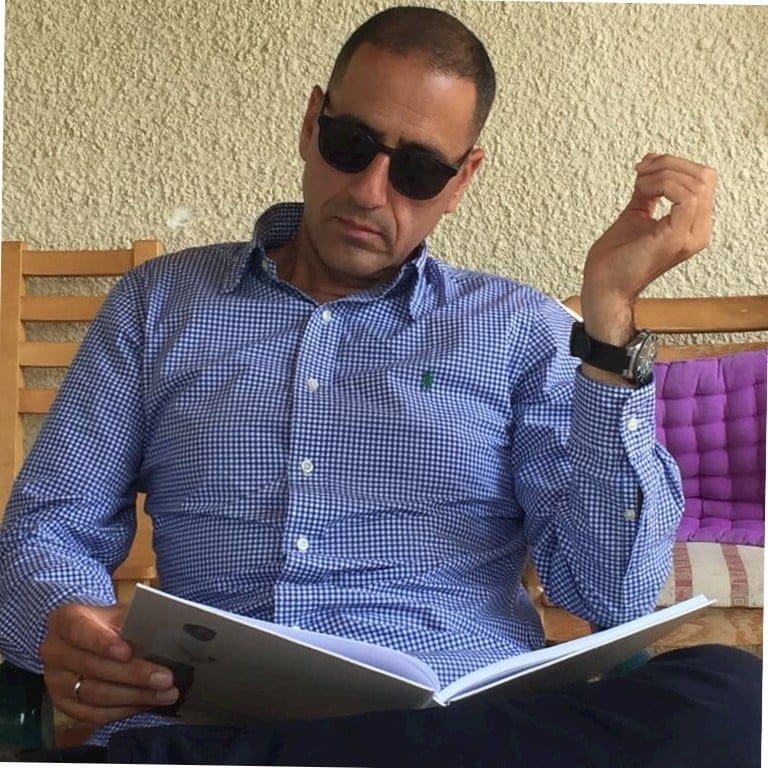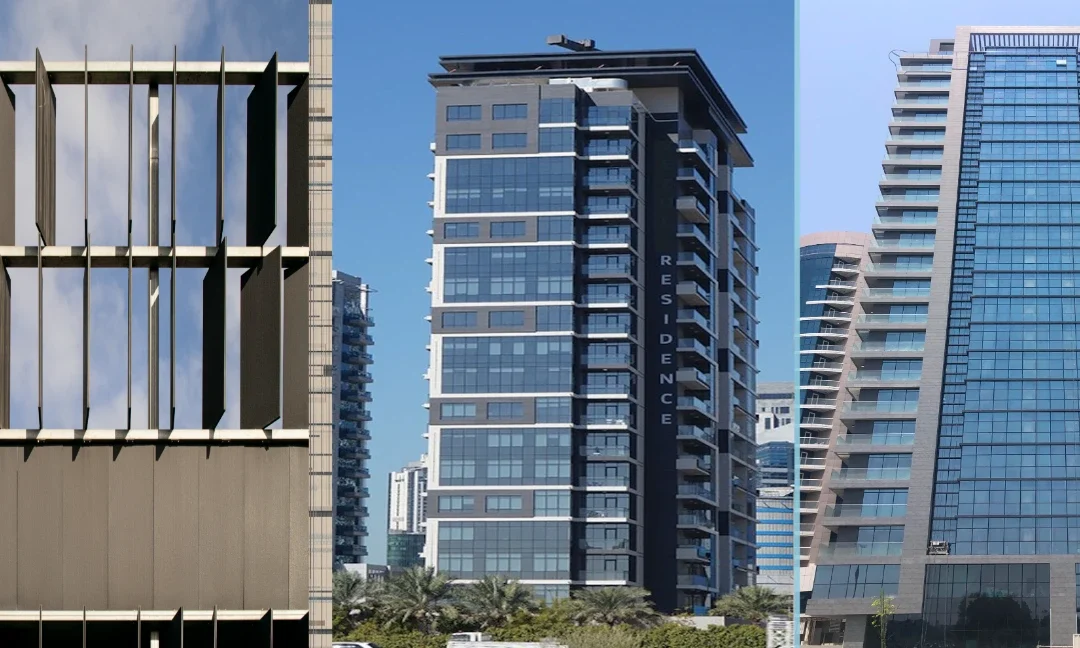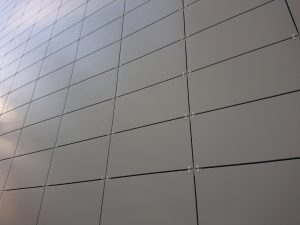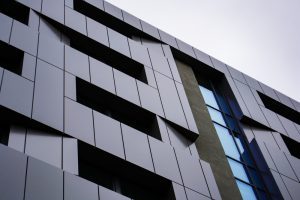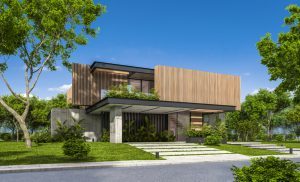What makes certain buildings visually appealing? Besides architectural design, the exterior facade can easily grab the attention of the bypasser. By selecting suitable cladding materials and techniques, architects and designers can transform an ordinary building into a masterpiece that captures attention.
Choosing the right exterior cladding system for a building is a critical decision that can significantly impact the structure’s aesthetics and weather performance. With numerous options available in the market, it’s easy to feel overwhelmed and unsure where to start. In this article, we will dive into the world of exterior cladding systems and explore everything you need to know to make an informed choice.
What exactly is an exterior cladding system?
Simply put, the outer layer of a building serves as a protective barrier against the elements while enhancing its appearance. Many options exist, from traditional brick and stone to modern rainscreen systems.
However, finding the perfect fit for your project requires careful consideration of various factors such as climate, budget, durability, and maintenance requirements. So, let’s dive into the world of exterior cladding systems.

Why do buildings need exterior cladding?
Exterior cladding plays a crucial role in the construction of commercial buildings, such as storage facilities, office buildings, shopping malls, and expo centers. It serves multiple purposes, making it an essential consideration for architects, real estate contractors, and business owners when choosing a cladding system for their projects.
One of the primary purposes of exterior cladding is to protect the building from external elements. It protects against harsh weather conditions, including rain, snow, wind, and UV radiation. By providing a protective layer, cladding prevents moisture from seeping into the building, which can lead to structural damage and mold growth.
In addition to protection, cladding also enhances the aesthetic appeal of the building. It offers an opportunity to create a visually striking facade, attracting customers and leaving a lasting impression. Cladding materials come in various colors, textures, and finishes, allowing architects to explore different design possibilities and create a unique look for each project.
Furthermore, exterior cladding contributes to the insulation of the building. It helps regulate the temperature inside by minimizing heat loss during winter and heat gain during summer. This improves energy efficiency and reduces heating and cooling costs in the long run.
When choosing a cladding system, architects and contractors must consider factors such as durability, maintenance requirements, cost-effectiveness, and environmental impact. Materials like porcelain, brick, stone, metal and fiber cement are commonly used for cladding due to their durability and versatility.
What materials are used for cladding?
Various options are available when choosing exterior cladding systems for a commercial building. Different cladding materials come with different aesthetics, durability and energy efficiency.
Porcelain cladding
Porcelain cladding panels (ceramic cladding) are gaining popularity in the commercial sector and there is a reason behind it.
They combine the durability of ceramics with the versatility of cladding systems. Porcelain cladding offers excellent resistance to weather conditions at low maintenance.
Porcelain is usually used as part of a ventilated facade system, creating a thermal break and improving overall energy efficiency.
Additionally, porcelain cladding panels can come in a wide range of colors and finishes, allowing for creative design possibilities while keeping the advantages of porcelain. Nowadays, you can choose between wood look porcelain panel, stone look porcelain panel, metal look porcelain panel or simply customize your own color.
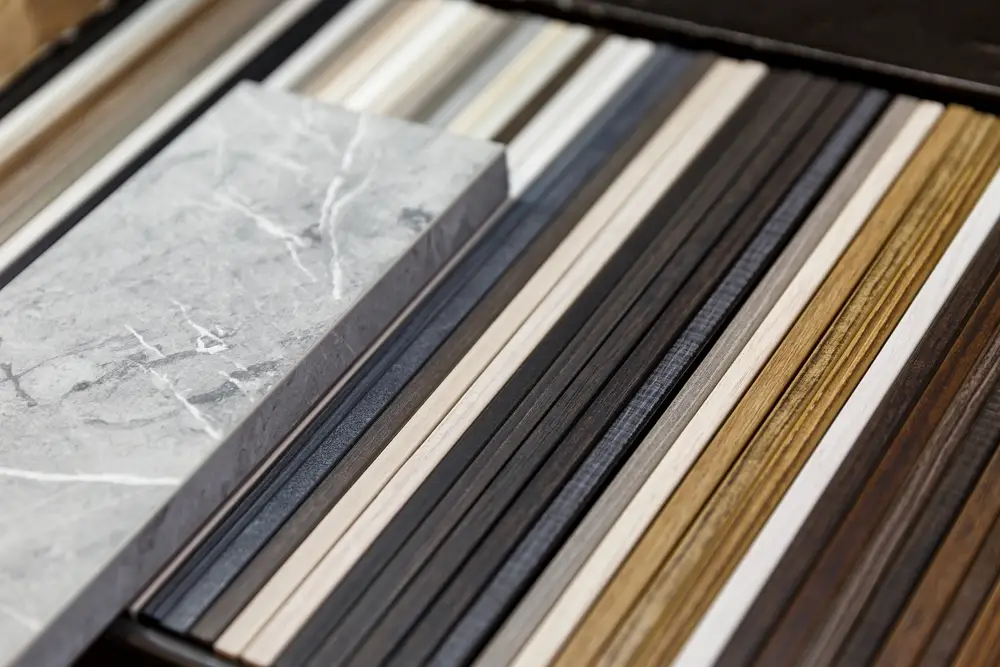
Metal cladding
One popular option is metal cladding, which offers a sleek and modern look. It is known for its durability, resistance to fire, and low maintenance requirements. However, it can be expensive and may require additional insulation to improve energy efficiency.
Glass cladding
Another option is glass cladding, which provides a contemporary and luxurious appearance. It allows ample natural light into the building and offers excellent views. However, glass cladding can be costly, requires regular cleaning, and may not provide the same level of insulation as other materials.
Prices of cladding systems
When choosing exterior cladding systems for a building, it is important to consider the price range of different options. Cladding systems can be roughly sorted into three categories based on price: cheaper, mid-level, and high-end.
At the cheaper end of the spectrum, you can find cladding systems that are cost-effective and budget-friendly. These options may include materials such as vinyl siding or fiber cement panels. While they may not offer the same level of durability or aesthetic appeal as higher-end options, they can still provide adequate protection and insulation for your building.
In the mid-level range, you will find a wider variety of cladding systems to choose from. This includes materials like wood, stucco, and brick. These options balance affordability and quality, allowing you to achieve the desired look without breaking the bank.
For clients looking for premium options, high-end cladding systems can provide unparalleled beauty and durability. Materials like natural stone, metal panels, and glass curtain walls fall into this category. While they may come with a higher price tag, these options can offer your building a luxurious and sophisticated appearance.
Consider the client’s budget and the specific needs of each project when selecting an exterior cladding system. By understanding the rough sorting of cladding systems per price, you can make an informed decision that fits the client’s aesthetic preferences and financial constraints.
What cladding system fits my building?
Choosing the correct cladding system for a building involves a few factors.
Firstly, you need to assess the overall design and aesthetics of the building.
Secondly, it’s crucial to consider the climate and location of the building. For example, if the client lives in an area prone to heavy rainfall or extreme temperatures, you may want to opt for a cladding system that is weather-resistant and durable (like porcelain).
Additionally, the cladding system’s maintenance requirements should be considered. Some materials may require regular upkeep and painting, while others are low-maintenance and long-lasting.
Lastly, the budget plays a significant role in the decision-making process. Different cladding systems have varying costs, so choosing an option that fits your financial constraints is essential.
Considering these factors, you can decide which cladding system best suits any building’s needs.
